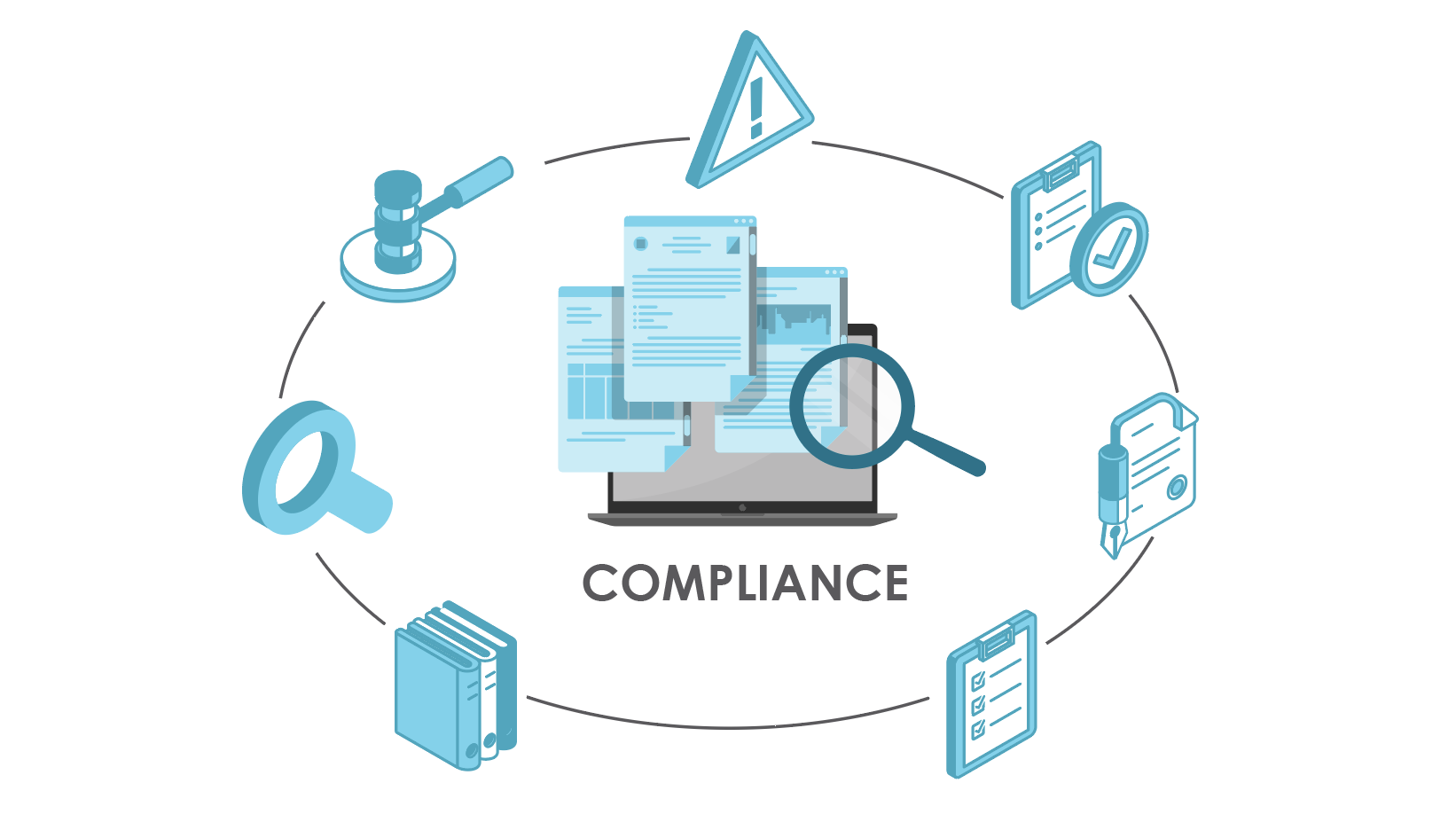
Auditing for compliance with trade regulations is crucial for businesses engaged in global trade. Regulatory compliance ensures adherence to laws governing imports, exports, tariffs, and customs procedures, among others. Conducting effective audits not only mitigates legal risks but also enhances operational efficiency and maintains trust with stakeholders. Whether you’re a compliance officer, logistics manager, or business owner, mastering these audit techniques will help you navigate the complexities of international trade regulations effectively.
Understanding the Importance of Trade Regulation Audits
Audits for compliance with trade regulations serve several essential purposes:
- Legal Compliance: Ensure adherence to local and international trade laws, tariffs, and customs regulations.
- Risk Mitigation: Identify and mitigate risks associated with non-compliance, such as penalties, fines, or delays in shipments.
- Operational Efficiency: Streamline import/export processes to minimize costs and improve supply chain management.
- Stakeholder Assurance: Provide assurance to stakeholders, including customers, suppliers, and regulatory authorities, of compliance with ethical and legal standards.
Best Practices for Auditing Trade Regulations
1. Define Audit Scope and Objectives
- Clearly outline the scope of the audit, including specific regulations, geographic regions, and operational areas to be reviewed.
2. Stay Updated with Trade Laws and Regulations
- Keep abreast of changes in trade laws, tariffs, sanctions, and customs procedures that may impact audit procedures and compliance requirements.
3. Engage Cross-functional Teams
- Collaborate with legal, compliance, logistics, and finance teams to ensure a comprehensive audit approach that addresses regulatory, financial, and operational aspects.
4. Utilize Audit Checklists and Templates
- Implement standardized audit checklists and templates tailored to different trade regulations and geographic regions to ensure thorough coverage and consistency.
5. Conduct Document Reviews and Recordkeeping
- Review import/export documents, contracts, licenses, permits, and transaction records to verify compliance with regulatory requirements.
6. Assess Tariff Classification and Valuation
- Verify the accuracy of tariff classification and valuation of goods to prevent errors or discrepancies that could lead to penalties or delays.
Example Table:
| Compliance Area | Compliance Status | Action Required |
|---|---|---|
| Tariff Classification | Compliant | Regular reviews and updates |
| Customs Documentation | Non-compliant | Submit missing documents promptly |
7. Evaluate Export Controls and Sanctions
- Ensure compliance with export controls and sanctions imposed by regulatory authorities to prevent unauthorized exports of sensitive goods or technology.
8. Assess Supply Chain Security Measures
- Evaluate supply chain security measures, such as cargo screening and facility security, to mitigate risks related to terrorism and smuggling.
9. Document Findings and Recommendations
- Document audit findings, observations, and recommendations in a clear, concise manner, supported by evidence and examples.
10. Implement Corrective Actions and Follow-Up
- Develop corrective action plans for identified non-compliance issues and monitor their implementation to ensure effectiveness and timely resolution.




